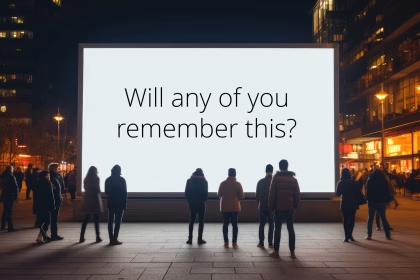Customization interfaces allow players to tailor character appearance to represent desired self-concepts, increasing character identification and contributing towards enjoyment. Yet, despite their ubiquity, such interfaces seldom allow modification of non-player characters (e.g., in-game enemies). A between-subjects experiment (N=34) examined affective/cognitive responses to customizing and destroying enemies in a custom-built game. Participants created characters representing either a positive (confidence) or negative (anxiety) self-concept, and subsequently destroyed it during gameplay. Players reported greater identification, attitudes, enjoyment, and reduction in negative affect (anxiety) when customizing characters representing confidence, whereas anxiety characters increased negative affect. Affective responses to destruction varied based on self-concept. Destroying confidence characters increased negative affect, whereas negative affect was slightly reduced after destroying anxiety characters. Both groups evaluated the game favorably and exhibited similar purchase intentions. Results suggest that players prefer creating enemies in their (ideal) image like they do their own avatars. Avenues for future research are discussed.
Physiological Measures
To assess the intensity of players’ affective responses to (a) customizing, (b) encountering and (c) destroying their customized characters, we leveraged the physiological monitoring suite provided by iMotions. The suite provides real-time tracking of a single user’s electrodermal data, namely galvanic skin response (GSR). GSR data is recorded at sampling rates from 1 – 10 Hz measured in units of micro-Siemens (μS). Specifically, this study used the Consensys GSR by Shimmer, a mobile sensor that connects two electrodes to the participant’s non-dominant, palm side of the index and middle finger and relays GSR data to the iMotions software for analysis. Changes in GSR activity in response to stimuli are referred to as event-related skin conductance responses (ER-SCRs), or GSR peaks, and provide insight into how participants’ arousal fluctuates as a function of key events (i.e., character customization, encounter and destruction). Peak onset and offset values were calibrated and provided as a standard-setting within the iMotions suite.







